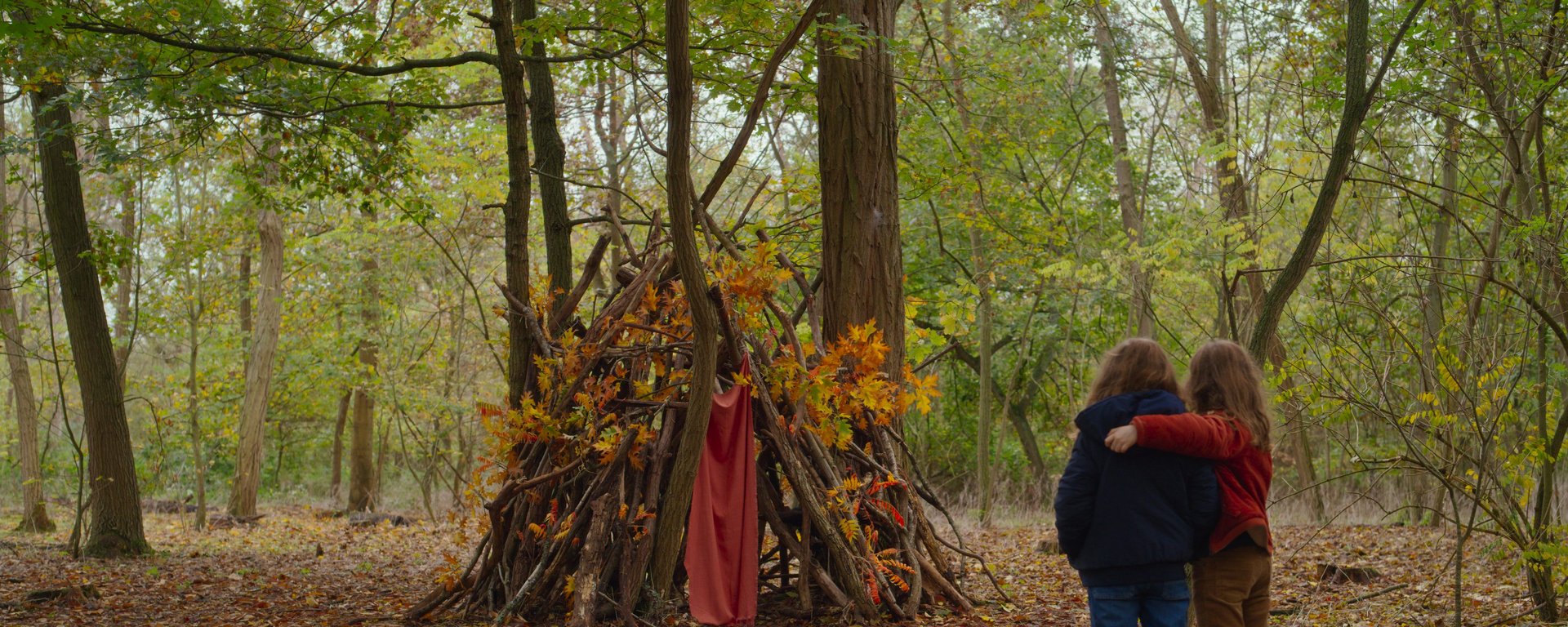
U-niverse Explorer
Our Youth Panel Member, William, embarked on a viewing adventure, watching only U-rated films.

For this blog I’ve decided to embark on a viewing adventure, watching only U-rated films. Having become a certified 18-year-old this year, unlocking a whole new frontier of cinema to enjoy, it may seem bizarre to limit myself to films I could have been watching my entire life. I’m not setting out to expose slip-ups by the BBFC, uncovering egregious content packaged behind a U certificate. Nor can I recount a sceptic’s discovery that a U-certificate doesn’t indicate some upper age limit, as I’m already a convert. For me the genius of the greatest film ever made, Shaun the Sheep Movie, lies in how its wordless comedy embraces its Universal rating in every sense (Although, you could of course argue that the Citizen Kane of U certificate films IS Citizen Kane)!
Instead, this is going to be a celebration. I’ve chosen films that I hope challenge or surprise me, all first-time viewings, including a couple of recommendations from the esteemed brains of Bristol’s 20th Century Flicks Video Store, in order to show that there’s a boundless universe of stories to be swept away by, even within the limits of the U Certificate.
Lourdes (2009)
The first film I watched was Lourdes. Having seen Little Joe and Amour Fou (both rated 12) I was glad that the fabulously prickly atmosphere director Jessica Hausner created in these features remained fully intact at a U-rating for ‘no material likely to offend or harm’. The film is marvellously inquisitive about its big, religious themes, causing uneasy reflections not through firm answers but ambiguity. As the divine clashes with the commercial, Hausner’s drama turns the act of hoping into a powerful rebellion. Furthermore, by centring on disabled characters, Hausner opens an experience that cinema rarely puts into focus, challenging the viewer to see from a little-seen perspective.
Hellzapoppin’ (1942)
This madcap musical made my list mostly because I was desperate to see how a U-certificate film could deliver on a title like Hellzapoppin’, and through crossbow attacks, brimstone and people roasting on a spit(!) this certainly has a stubborn prod at the boundaries of its classification. Whilst gleefully mean-spirited, the film refreshingly takes absurd aim rather than punching down (targets include illusory audience member ‘Stinky Mitchell’ and, in one uncanny moment, even film classification, with a jibe at America’s Hayes Code). Subversive in its silliness, the surreal anarchy of Hellzapoppin’ broke comedy boundaries for years to come, inspiring later innovators like Monty Python.
Sunrise: A Song of Two Humans (1927)
A dabble in silent cinema, I thought, could reach otherwise unobtainable genres at a U-certificate. The era produced U-rated horror The Cabinet of Dr Caligari (brilliant but disqualified as I’ve already seen it!) and Sunrise, billed tantalisingly as a psychological thriller. Indeed, the softer tone needed for a U-certificate, with the ratings info ‘very mild violence’, makes this tale of guilt far stranger, as an early event that undermines our trust in the male lead ensures an unshakeable tension even when the narrative mischievously swerves to become a fish-out-of-water rom-com. From here, the breath-taking ‘What if?’ finale relies on suspense, instead of violent action, to mount dread.
The Amazing Mr Blunden (1972)
In more conventional U-Certificate territory, this family film, like the best of its kind, instinctively appeals to its younger audience by telling a story reliant on children’s sensibilities, who have, according to the ghostly Mr Blunden, ‘the power to believe in the unlikely’. Therefore, it never patronises its audience; the greedy villains are satisfyingly grotesque, the young heroes frequently outsmart the adults whilst themes of death that arise are thoughtfully, unsentimental explored. A rescue scene is surprisingly intense, but the film’s commitment to the children’s point-of-view delivers a reassuring message about help never being far from those with brave intentions.
Ernest & Celestine (2012)
Desperate to squeeze in an animation, I chose anthropomorphic crime caper Ernest & Celestine. With ratings info whose main concerns are ‘mild threat and very mild bad language’, the film instead distinguishes itself by winning our affections for two flawed characters who, despite being outlaws, ultimately show they have the tenderest hearts of all. Imaginatively inventing folklore to portray how societal rifts form, this tale of a frowned upon friendship left me teary-eyed by the end. The animation itself is sublime; adorable, clownish and even a little disquieting in one surrealist dream sequence. Furthermore, by featuring a subterranean underclass who feed off an unsuspecting elite, this could even be the U-certificate answer to 2019’s Parasite (rated 15)!
The Flavour of Green Tea Over Rice (1952)
This blog came partially from thinking how amazing it is that a film as influential, truthful and devastating as Yasujiro Ozu’s Tokyo Story could not only be awarded a U-certificate but also, as with Lourdes, the nebulous words ‘no materiel likely to offend or harm’. Bearing identical classification info, this moving and unexpectedly funny film (also Ozu’s) once again bowled me over. Like ‘Marriage Story (2019)’, equal consideration is offered to both sides of a floundering relationship. Everything from eating habits to arcade visits becomes humorously contentious. Triumphantly, Ozu both uncompromisingly commits to the cultural specificities of its Japanese setting and produces emotional drama that is universally resonant.
Petite Maman (2021)
Without sacrificing the maturity of her features for exclusively older audiences, Céline Sciamma has mastered filmmaking that is not only about, but also accessible to, young people. Both Tomboy and My Life as a Courgette fall generously under U and PG classifications (Distributors even submitted specific requests to the BBFC for Courgette’s inclusive rating). Deftly involving, as the ratings info points out, ‘references to bereavement’, Petite Maman joins these as 8-Year-Old Nelly’s ushering into the grownup world of grief coincides with the viewer’s entry into her wonderland of childhood camaraderie. Telling a story that must seem differently mysterious depending on what age you approach it, it's miraculously ‘suitable for all’.
I hope you enjoyed reading my picks and have perhaps even been inspired to make your own list. It's an excellent way to push yourself out of your cinematic comfort zone whilst never being made uncomfortable; even better, you can get anyone of any age involved. Over to U.
You can read William’s article in Film Junior Issue 9, both digitally and in print.


